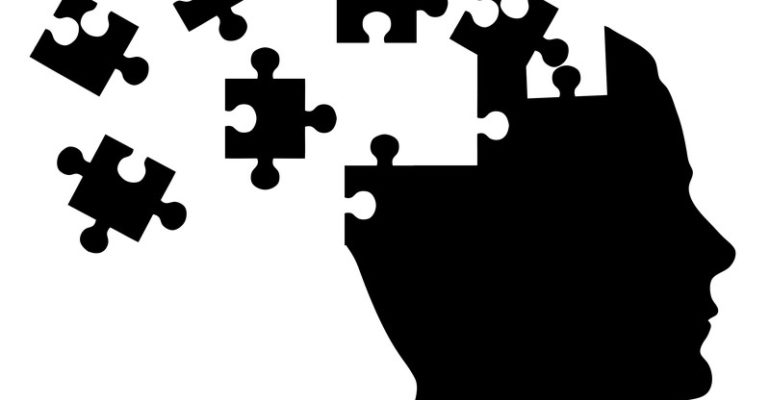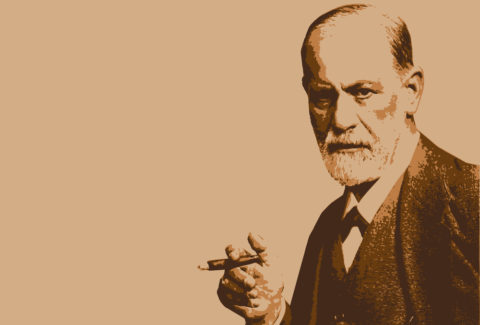Healthy Relationship with Thoughts and Foundation for Unconscious-based Interventions

Healthy Relationship with Thoughts and Foundation for Unconscious-based Interventions
Nothing is anything until it is perceived and given a specific meaning, conscious or unconscious. That meaning catches and maintains attention, a function required for any thought to reach an action potential and experienced or expressed. A thought is experienced through a variety of forms. For example, it stimulates the associative functions of the brain and leads to a number of associated thoughts. It also gets expressed internally in forms of states, which then get expressed externally in forms of emotions, and in the body as feelings and sensations. Thoughts also get expressed through actions, often through the mediation of feelings, or directly from thought to feeling, depending on the level of sensitivity or action potential of such a thought. Once we understand that our actions or behaviors eventually lead to our habits, which then determine our results and identity, we will be able to easily understand how what starts as nothing can eventually determine the results we have in our life. We will see these results in all the seven categories of our life, which can determine who we are, and can alter our life.
What then started as nothing becomes something once perceived[1]. It is then given meaning, and such a meaning is maintained, is focused on, leading to the expression of thoughts, and from there the rest is history. When we fully understand this, we can see how there is nothing more important than:
- Understanding our relationship with our thoughts
- Understanding the mechanism of our thought action potential
- Understanding how to relate to our thoughts
- Understanding how to have a healthy relationship with our thoughts.
Having a healthy relationship with our thoughts may be stated so often now that it may be experienced as a cliché. This means the notion of having a healthy relationship with our thoughts may have been losing its significance, its power, or its value. Yet, once again, if we understand that everything starts as nothing unless it’s perceived[2] and given meaning to, we’ll then start to appreciate further the impact of developing a healthy relationship with our thoughts.
Here’s Why:
It is common knowledge that how I perceive anything depends on my attitude about it; while my attitude about anything depends on my belief system. It is also common knowledge that my belief system consists of the number of beliefs I have about the different aspects of my life, and that each and every single one of these beliefs is nothing less than a thought. This means my attitude is a function of my thought. And since my perception is a function of my attitude, it is obvious that my perception is also a function of my thought. In other words, it starts with a thought, it is mediated by a thought, and it ends with a thought.
How is it that it ends with a thought?
Well, while on the right end of the belief pathway lies my habits, my results, and my identity. I am to remember that nothing is anything until it is perceived and given a specific meaning, conscious or unconscious. In other words, these habits, these results, or this identity that I assign myself, accordingly, are still Nothing. They are nothing and they will be nothing until I perceive them, consciously or unconsciously; then give meaning to them; and then focus on them, once again, either consciously or unconsciously. What this all means is that what my sense or my perception shows is truly nothing. This also means that what matters is how I relate to whatever my sense of my perception shows, and all this is a function of my relationship with my thoughts.
There is a caveat:
I may be perceiving without being aware that I am. I may be giving meaning without being aware that I am. I may be focusing on something without being aware that I am. And I may be expressing a number of thoughts through my feelings, I may be reacting to them, and I may be identifying myself with the whole process, without being aware of any of it. For it is happening unconsciously. Therefore, a healthy relationship with my thought entails a consciously healthy relationship with both my conscious and unconscious thoughts.
Yet, how do I have a consciously healthy relationship with my unconscious thoughts when they are unconscious? The response to this question is at the core and demonstrates the importance of the mastery of Unconscious-based Interventions. The response to this question is, therefore, at the core of the practice of these interventions.
When I perform Breath Scanning, I bring myself into a conscious state; and these thoughts that may have been unconscious may then start becoming conscious because I start to relate to my breathing, which is directly connected to my unconscious mind.
When I perform Breath Awareness[3], I not only start relating to my breathing, but also to my unconscious mind, directly, bypassing all noise or barriers, and seeing what I would have never been able to see otherwise. Some important factors here are only how am I relating to the random thoughts that I have while I am in direct communication with my unconscious mind.
Here’s part of the response to this last question:
- Practice is key
- Practice to help with this, requires consistency or regularity, frequency, and intensity
- Of course, regularity means daily. But frequency means a few times a day. Can you imagine how powerful, freeing and transformative it would be to be in direct contact with your unconscious mind in the morning, as you start your day, then in the middle of the day, and then at night before going to bed? Here’s part of the rationale for this: As you wake up in the morning, depending on how you were thinking the night before as you were getting ready to sleep[4], it may have been either a challenge or not for you to have a direct promoting contact with your unconscious mind, facilitating conscious-unconscious alignment. After an average of 6 hours, you are now in the middle of the night, if you are really serious about conscious-unconscious alignment, you will know that it may be time to reconnect with your unconscious mind, for a while, however brief. Then by the time it is evening or bedtime, it’s at least another 6 hours. A lot has taken place, both consciously and unconsciously. Do you really want to go to sleep with all this unconscious baggage, without bringing them to consciousness? There are several ways to do so. Transition Breath Scanning helps a bit. Corrective Journaling can be very helpful. However, one of the two purest forms of being in direct contact with your unconscious mind will be through Breath Awareness Practice.
Are we not excited that we even have such tools that will enable us to truly develop a healthy relationship with our thoughts? Might that be something worth taking the time for and worth sharing?
[1] Cunningham, Suzanne. “Perception, Meaning, and Mind.” Synthese, vol. 80, no. 2, 1989, pp. 223–41. JSTOR, http://www.jstor.org/stable/20116678. Accessed 5 Sep. 2022.
[2] About the Author Jill Suttie Jill Suttie, & Suttie, J. S. J. (n.d.). Eight ways your perception of reality is skewed. Greater Good. Retrieved September 5, 2022, from https://greatergood.berkeley.edu/article/item/eight_reasons_to_distrust_your_own_perceptions
[3] Prpa, Mirjana, et al. “Inhaling and exhaling: How technologies can perceptually extend our breath awareness.” Proceedings of the 2020 CHI Conference on Human Factors in Computing Systems. 2020.
[4] Shallcross, Amanda J., et al. “Waking up to the problem of sleep: can mindfulness help? A review of theory and evidence for the effects of mindfulness for sleep.” Current Opinion in Psychology 28 (2019): 37-41








